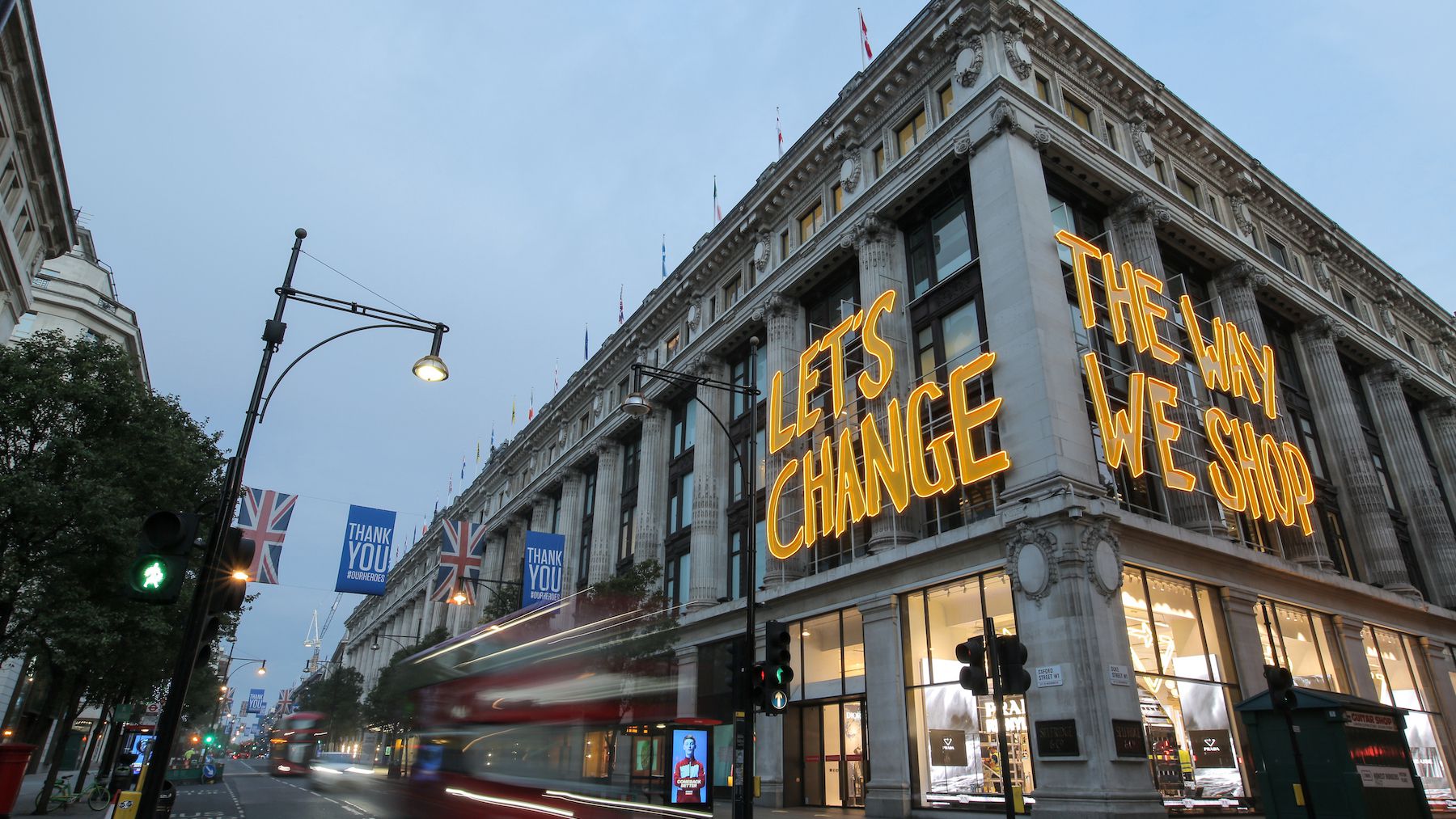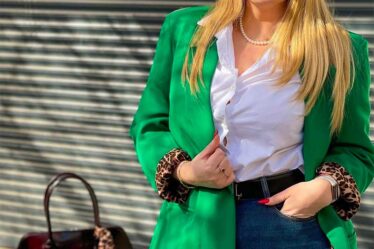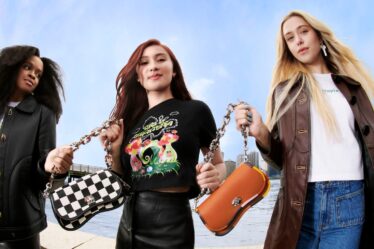
“A miracle has to happen to save the survival of fashion as we know it,” trend forecaster Lidewij Edelkoort wrote to me in an email this week.
I’d asked for thoughts on what a more responsible fashion industry might look like. The responses I received reflect a kind of grim, but stubborn determination to pursue change at the end of a year in which the industry as whole has (yet again) made no meaningful progress towards stated ambitions to curb environmental impact and improve working conditions.
Instead a wide-ranging greenwashing crackdown led by regulators in Europe has exposed just how shaky big brands’ commitments really are, even as their supply chains start to feel the effects of extreme weather linked to global warming.
If this seems like a depressing note to end the year on, think about it this way: the fact fashion companies are being challenged and held to account for flimsy sustainability claims is in itself progress.
“It sounds like a negative, but I think it’s a positive,” said Ken Pucker, a senior lecturer at the Tufts Fletcher School and former chief operating officer at Timberland. “We need to have an honest conversation; we live on a finite planet… [and] we don’t need ever more synthetic jumpers that we wear for 20 minutes.”
Radical solutions to this tension between the fashion industry’s profit-driven pursuit of growth and environmentally and socially responsible operations are gaining recognition — with the anticapitalist concept of ‘degrowth’ emerging as a fashionable buzzword this year — but there’s little sign that brands are really pushing for change.
“As an industry we are still trying to solve this within the existing business paradigm and that is why it is failing,” said Vidhura Ralapanawe, head of sustainability and innovation at Hong Kong-based manufacturer Epic Group. While brands are promoting sustainability initiatives, they are still largely pushing the costs and risks onto their suppliers.
Fundamentally the incentives that drive the industry need to change. That will likely need to be driven by regulation or market action to price the protection of natural resources into the cost of goods and their production, incentivising better environmental stewardship and putting a financial penalty on polluters.
“The biggest thing for me with our industry is this ever elusive idea of redefining value,” said Claire Bergkamp. “We need to make that system work better for us as humanity… we need to think beyond just value for shareholders.”
Change could also come from consumers, whose priorities and motives are shifting alongside growing cultural awareness of fashion’s impact. “This whole hyped era has become completely absurd,” said Alec Leach, a former fashion editor and author of the book “The World Is on Fire But We’re Still Buying Shoes.” “Consumers are really starting to wake up to just how excessive fashion is right now.”
The current model isn’t just bad for the planet and people who make our clothes, it’s unravelling the creative fabric of the industry, argues Edelkoort.
“If I were a designer I would try to reinvent my profession with a focus on fibre and fabric, to give new sensation to how a garment feels and behaves… making and creating with respect for all sentient beings, plants, animals, humans and the planet,” she said.
“But most of all I would reinvent the thrill of fashion as the human expression it has always been.”
For more BoF sustainability coverage, sign up now for our Weekly Sustainability Briefing by Sarah Kent.



